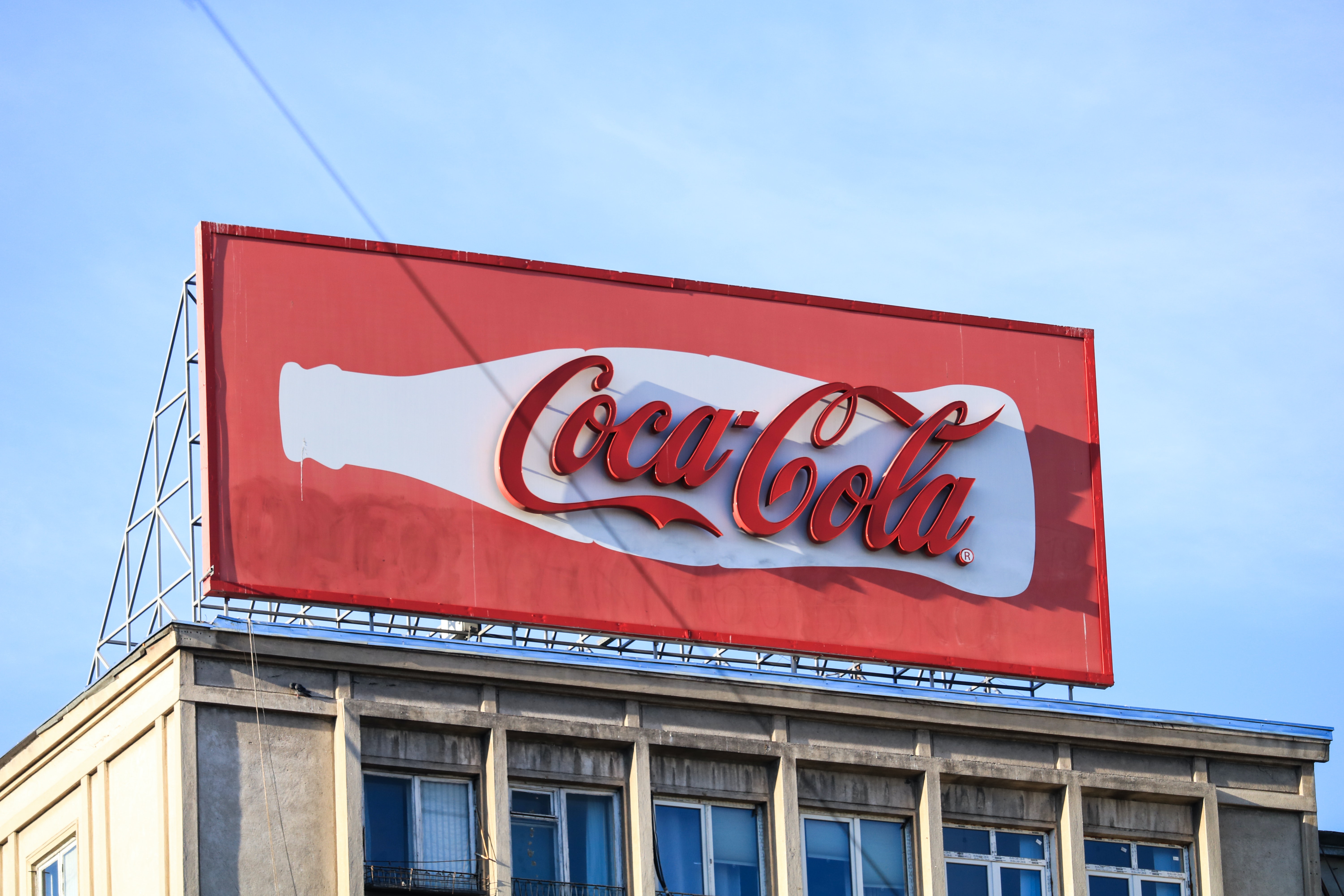This article was published as a part of the Data Science Blogathon

What Is Reinforcement Learning?
Reinforcement learning, at its essentials, is determining by communicating with an environment. This training process requires an actor, an environment, and a reward signal. The actor prefers to do any activity in the environment, for which the actor is compensated with rewards correspondingly. How an actor determines operations is described as a policy. The actor desires to enhance its reward and analyze an optimal approach for cooperating with the environment.
Reinforcement Learning Is Distinct From The Additional Classes Of Learning
In conventional supervised learning, we are provided data and labels and are tasked with predicting labels supplied data. In unsupervised learning, we are presented just data and are tasked with identifying the underlying structure in this information. Finally, in reinforcement learning, we are proffered neither data nor labels. Instead, our learning signal is obtained from the awards given to the agent by the environment.
Why Reinforcement Learning?
Reinforcement learning is appealing to several in the artificial intelligence neighborhood as it is a general-purpose framework for designing intelligent agents. Provided an environment and any rewards, the agent determines to associate with that environment to maximize its exclusive rewards. This sort of learning is also in line with how individuals evolve.
Moreover, reinforcement learning applications are at the vanguard of multiple cutting-edge technologies, such as self-driving cars, robotic motor control, game playing, air-conditioning control, ad-placement optimization, and stock market trading strategies.
This fascinating technology is further being implemented in the digital marketing domain to intensify processes and maximize production. In digital marketing, reinforcement learning is ensuring to the reconstruction of the industry and modernizes complicated actions. Nevertheless, the approval of Reinforcement Learning is already manifesting extraordinary outcomes for digital marketing operations. It can only be a simple thing for brands to drive with consumers within the more complicated digital journey and contribution to extra positive participation.
What Does Reinforcement Learning Have To Do With Digital Marketing?
According to an analysis by Industry experts, AI is the most agile developing marketing technology, assumed to progress by 55% over the following years. The research also affirmed one of AI’s foremost benefits: “it can direct marketers from “reactive to proactive planners,” enabling them to prepare operations more efficiently, especially considering segmentation, tracking, and keyword tagging.
In traditional data-driven digital marketing, the intention is to maximize unusual short-term reward: For illustration, to choose an operation (like mailing a newsletter or invitation cards) that maximizes the possibilities of an appropriate goal metric (e.g. buying probability, clicks, assumed additional profit, etc.) inside the provided timeframe.
Reinforcement Learning algorithms can evaluate responses to messaging and discover the absolute frequency for customers. They can additionally apprise real-time bidding action in the programmatic marketplace, applying predictions regarding consumer behavior to determine which display ads to purchase.
Simplistically, reinforcement learning techniques strive to decide steps that maximize the long-term reward. It could be that slowed marketing management would have an extra notable long-term impact on a consumer. Maybe displaying a banner and giving a discount code will be extra effective than immediately discounting the buyer. Some models may miss such results that only reflect short-term profits.
Here Are Three Examples Of The Application Of Reinforcement Learning In Digital Marketing.
Reinforcement Learning Adds The Personal Touch With Planning Personalized Recommendations

- Personalized product suggestions present customers with the personal feeling they necessitate to execute purchase judgments. Reinforcement learning can dynamically catch customer’s particular preferences, requirements, and behaviors to guarantee they produce high-quality recommendations.
- But, when delivering individualized recommendations at the digital platform, digital marketers confront numerous barriers, such as reputation biases, extensive or limited customer data, and consumers’ constantly evolving purposes.
- For instance, rather than creating one-time engaging offers (e.g. sales), you can compose personalized recommendations that will produce a tremendous interest rate over some years when introduced to new and repeat consumers.
Only Choosing The Most Useful Content For Advertisement

- Most online marketers uncover challenges in determining the right content that can help in fulfilling their advertising objects. But, by implementing reinforcement learning, which is rewards-based and connects positive actions to wanted results, picking the most suitable content for advertising campaigns can be clarified and optimized.
- Reinforcement learning kicks AB testing out of the competition. AB testing is unvarying means you have to sit idle until the completion of the test to examine the results. In contrast, Reinforcement Learning operates on the fly, which implies that it can obtain several optimal contents swiftly and start dispensing them to the consumer shortly.
- Therefore reduces the number of points non-optimal content is presented, thereby maximizing profits. After implementing reinforcement learning, the algorithm could recommend more suitable keywords, videos, photos, and other content from an extensive online marketing library, enabling advertisers to deliver the most suitable choices on the range to practice for targeting.
Optimizing Advertising Resources By Avoiding Ad Overload Applying Reinforcement Learning For Both Consumers And Brands

- Most maximum digital marketers encounter the hurdle of optimizing their promotion trials and getting the most significant benefit from each dollar used. Knowing which advertisements produce the best results on investment is strangely complex usually impossible to accomplish with standard means.
- The extension of computerized, programmatic advertising can sometimes mean remote control overhead the recurrence of ads. So it is not shocking that customers have resorted to installing adblocking software due to observing similar ads too frequently.
- Nevertheless, reinforcement learning guarantees to present online marketers with reliable and straightforward techniques for maximizing their expenses. The algorithm meets associated user preferences & also assesses responses to messaging, and chooses the perfect frequency for buyers.
- It means merchants benefit from a further dynamic process. As a result, an increase in online conversions is transforming browsing into businesses.
Greatest Marketing Companies Are Trying To Discover Use Cases For Reinforcement Learning. Why?
So far, RL has been investigated only in enterprises like digital marketing, banking, well-being, insurance & tech consultancies. Reinforcement learning is a class of ML whose craving for data is more prominent than supervised learning.
It isn’t simple to get sufficient data for reinforcement learning algorithms. There’s more extra data to be prepared to interpret this to businesses and practice.”
Given the radical nature of Reinforcement Learning, there appear to be numerous interesting use-cases executed in Python from the existing investigation in the data science discipline.
Let us quickly examine some of them:
Reinforcement Learning for Recommender Systems: Recommender System assists us in uncovering our ideal objects to purchase, our associates on social networks, and our preferred movies to follow. Consequently, marketing companies can use reinforcement learning (RL) methods to resolve it.
Reinforcement Learning for Chatbots: Reinforcement Learning model can be applied for self-improving chatbots, mainly targeting FAQ-type chatbots. It can leverage data from user communications to enhance chatbot offerings.
Similarly, there is a broad scope of using Reinforcement Learning in Marketing. The same can be implemented using Python, a powerful programming language and provides you with a diverse set of tools to start your project with RL. Here is a list of projects I want you to start digging in and don’t forget to tell me about the project once you have implemented it. You can connect with me via my social media profiles mentioned at the bottom of the article.
- Reinforcement Learning for Ad Spend Optimization
- Reinforcement Learning for Customer Analytics
- Reinforcement Learning for Digital Marketing
- Reinforcement Learning for Factorization
- Reinforcement Learning for Marketing Campaigns
- Reinforcement Learning for Optimization
- Reinforcement Learning for Predictive Analytics
- Reinforcement Learning for Reinforcement Learning
- Reinforcement Learning for Retail Marketing
- Reinforcement Learning for Targeted Campaigns
Summary
Reinforcement learning is encouraging to transform the digital marketing enterprise and take matters a notch above. By driving consumers to acquire and positively influence decisions, reinforcement learning paves the way for predicting future customer actions thoroughly and extensively advancing results. If approved at scale, this state-of-the-art technology will appear in massive developments and improve the characteristic of online marketing by par.
Thanks for Browsing my Article. Kindly comment and don’t forget to share this blog as it will motivate me to deliver more quality blogs on ML & DL-related topics. Thank you so much for your help, cooperation, and support!
About Author
Mrinal Walia is a professional Python Developer with a computer science background specializing in Machine Learning, Artificial Intelligence and Computer Vision. In addition to this, Mrinal is an interactive blogger, author, and geek with over four years of experience in his work. With a background working through most areas of computer science, Mrinal currently works as a Testing and Automation Engineer at Versa Networks, India. My aim to reach my creative goals one step at a time, and I believe in doing everything with a smile.
Medium | LinkedIn | ModularML | DevCommunity | Github
The media shown in this article are not owned by Analytics Vidhya and are used at the Author’s discretion.






What an intriguing blog, really assisted me and made it easy for me to understand.